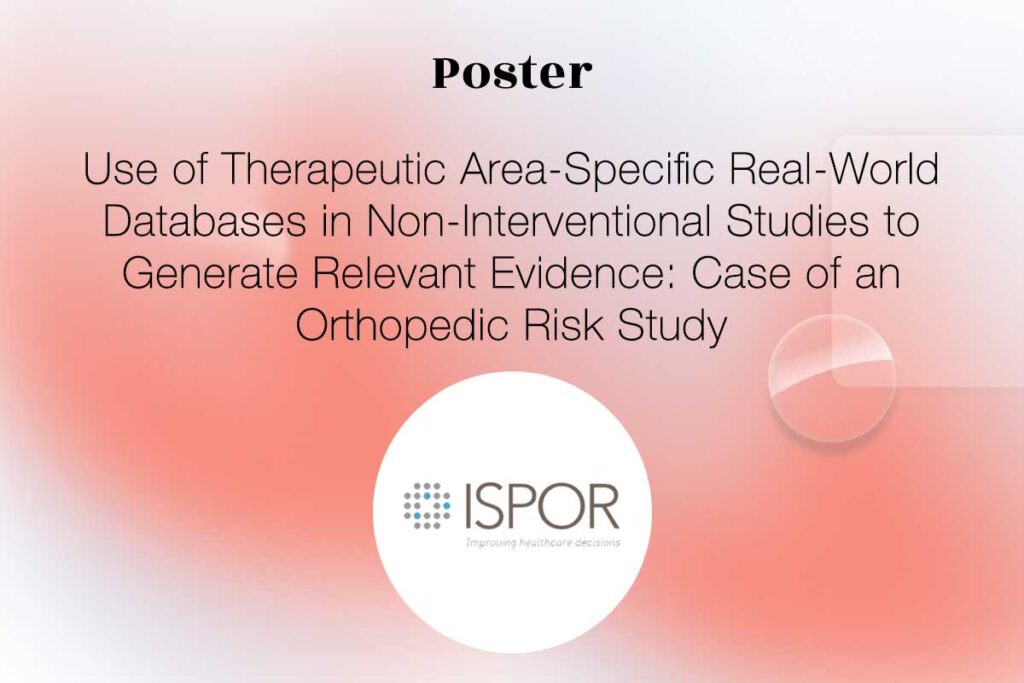Publisher: Diabetes Obesity and Metabolism
Authors: A. Ibald-Mulli, J. Seufert, J.M. Grimsmann, M. Laimer, P. Bramlage, A. Civet, M. Blanchon, S. Gosset, A. Templier, W. Dieter Paar, F.L. Zhou, S. Lanzinger
Date: 03 March 2023
Abstract
Aim
To identify predictive factors for diabetic ketoacidosis (DKA) by retrospective analysis of registry data and the use of a subgroup discovery algorithm.
Materials and Methods
Data from adults and children with type 1 diabetes and more than two diabetes-related visits were analysed from the Diabetes Prospective Follow-up Registry. Q-Finder, a supervised non-parametric proprietary subgroup discovery algorithm, was used to identify subgroups with clinical characteristics associated with increased DKA risk. DKA was defined as pH less than 7.3 during a hospitalization event.
Results
Data for 108 223 adults and children, of whom 5609 (5.2%) had DKA, were studied. Q-Finder analysis identified 11 profiles associated with an increased risk of DKA: low body mass index standard deviation score; DKA at diagnosis; age 6-10 years; age 11-15 years; an HbA1c of 8.87% or higher (≥ 73 mmol/mol); no fast-acting insulin intake; age younger than 15 years and not using a continuous glucose monitoring system; physician diagnosis of nephrotic kidney disease; severe hypoglycaemia; hypoglycaemic coma; and autoimmune thyroiditis. Risk of DKA increased with the number of risk profiles matching patients’ characteristics.
Conclusions
Q-Finder confirmed common risk profiles identified by conventional statistical methods and allowed the generation of new profiles that may help predict patients with type 1 diabetes who are at a greater risk of experiencing DKA.








